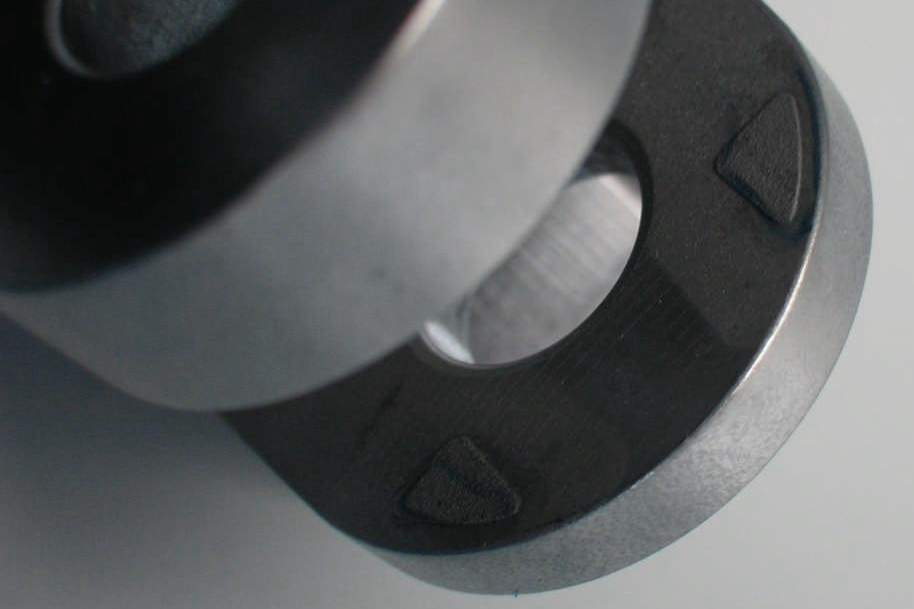Oil and Gas Rene Parts Custom Superalloy Components Factory
Introduction to Rene Superalloy Components for Oil and Gas Sector
Rene alloys deliver exceptional high-temperature strength, fatigue resistance, and remarkable corrosion protection, ideally suited for critical applications within the demanding oil and gas industry. As a leading superalloy manufacturer, Neway AeroTech specializes in fabricating Rene alloy parts using advanced techniques, including vacuum investment casting and directional solidification casting.
Our precision-engineered Rene components meet stringent industry specifications, delivering superior durability, reliability, and performance in harsh operational environments.
Manufacturing Challenges for Rene Alloy Components
Manufacturing Rene components involves addressing several technical challenges:
Corrosion and Oxidation Resistance: Ensuring longevity under extreme corrosive conditions involving sulfides and chloride-rich environments.
High-Temperature Performance: Maintaining mechanical integrity at sustained operating temperatures above 950°C.
Precision Dimensional Control: Achieving tight tolerances of ±0.10 mm for complex geometries.
Machinability Issues: Managing low thermal conductivity and rapid work-hardening characteristics that complicate machining processes.
Detailed Rene Alloy Manufacturing Processes
Vacuum Investment Casting
Precise wax patterns replicate intricate component geometries.
Ceramic mold formation and wax removal via autoclaving (~180°C).
Casting performed under stringent vacuum conditions (<0.01 Pa) to ensure alloy purity and minimal defects.
Gradual controlled cooling (~30°C/hour) minimizes residual stresses.
Directional Solidification Casting
Solidification under controlled thermal gradients (20–50°C/cm) aligns grains directionally.
Significantly enhances component creep strength and fatigue life.
Controlled solidification rates (20–35°C/hour) to reduce porosity and defects.
Comparative Analysis of Rene Alloy Manufacturing Processes
Process | Dimensional Accuracy | Surface Finish | Efficiency | Complexity Capability |
|---|---|---|---|---|
Vacuum Investment Casting | ±0.15 mm | Ra 3.2–6.3 µm | Moderate | High |
Directional Solidification | ±0.20 mm | Ra 6.3–12.5 µm | Moderate | Moderate |
CNC Machining | ±0.01 mm | Ra 0.8–3.2 µm | Moderate | Moderate |
SLM 3D Printing | ±0.05 mm | Ra 6.3–12.5 µm | High | Very High |
Manufacturing Process Selection Strategy for Rene Alloy Parts
Vacuum Investment Casting: Ideal for complex Rene parts requiring detailed internal features and tight dimensional accuracy (~±0.15 mm).
Directional Solidification Casting: Preferred for Rene components demanding directional grain structure for high creep strength at ±0.20 mm accuracy.
CNC Machining: Best suited for precision finishing, achieving extremely tight tolerances (~±0.01 mm).
SLM 3D Printing: Optimal for rapid prototyping and intricate cooling channels requiring ±0.05 mm accuracy.
Material Performance Matrix for Rene Alloys
Material | Tensile Strength (MPa) | Yield Strength (MPa) | Max Operating Temp (°C) | Corrosion Resistance | Typical Applications |
|---|---|---|---|---|---|
1240 | 930 | 980 | Exceptional | Turbine blades, combustors | |
1170 | 850 | 950 | Outstanding | Compressor wheels, seals | |
1270 | 980 | 900 | Superior | Gas turbine discs, fasteners | |
1450 | 1050 | 750 | Superior | Turbine discs, compressor parts | |
1370 | 980 | 1150 | Exceptional | High-pressure turbine blades | |
1310 | 1050 | 1050 | Superior | High-performance nozzle rings |
Material Selection Strategy for Rene Components
Rene 41: Selected for turbine blades and combustors due to superior tensile strength (1240 MPa) at temperatures up to 980°C.
Rene 77: Recommended for compressor components requiring robust mechanical performance (1170 MPa tensile) at 950°C.
Rene 80: Ideal for gas turbine discs, offering superior yield strength (980 MPa) at 900°C.
Rene 88: Optimal choice for turbine discs and compressors with exceptional tensile strength (1450 MPa) and durability at 750°C.
Rene N5: Best suited for high-pressure turbine blades, providing exceptional mechanical strength (1370 MPa) at elevated temperatures (1150°C).
Rene 142: Suitable for nozzle rings and turbine components requiring strength (1310 MPa tensile) at temperatures around 1050°C.
Key Post-processing Technologies for Rene Components
Hot Isostatic Pressing (HIP): Enhances mechanical integrity by eliminating internal porosity (~150 MPa, 1200°C).
Heat Treatment: Improves microstructure, significantly increasing corrosion resistance and mechanical strength.
Electrical Discharge Machining (EDM): Enables precise machining of complex geometries with tolerances of ±0.005 mm.
Thermal Barrier Coating (TBC): Reduces component surface temperatures by approximately 200°C, extending service life.
Industry Case Study: Rene N5 High-Pressure Turbine Blade Components
Neway AeroTech provided custom Rene N5 high-pressure turbine blades to an international oil and gas equipment manufacturer. Components fabricated via vacuum investment casting and HIP exhibited precise dimensional tolerances (±0.15 mm), outstanding corrosion resistance, and superior mechanical properties (1370 MPa tensile strength at 1150°C).
Our state-of-the-art manufacturing facilities, strict quality control protocols, and specialized alloy expertise enable us to consistently meet or exceed industry expectations.
FAQs for Rene Alloy Components Manufacturing
What is the standard lead time for Rene alloy custom components?
Can you support rapid prototyping and small-batch manufacturing of Rene parts?
Which industry certifications and quality standards apply to your Rene alloy products?
What post-processing techniques do you recommend to enhance Rene alloy performance?
Do you provide technical assistance for Rene alloy selection and component design optimization?

